The closest I’ve ever been to a safari was going to west Africa on a medical mission and seeing what might have been a monkey in the brush. Two of our group actually booked a safari in nearby Kenya, but they got food poisoning and spent the trip lying on the floor of their tent. You could say my bar was set low for safari expectations.
Then my aunt and uncle invited our family to see The Wilds, a safari park and conservation center in Cumberland, Ohio. I thought it would be a great place to try out the Canon 7D Mark II and Tamron 150-600mm combination.
I knew the light would be much better early in the morning, but the park was almost three hours away, and we were bringing the kids and meeting relatives. We booked a tour at 10:30. As it turned out, the sunrise that morning was straight out of the Lion King, and for much of the journey, we were treated to the kind of sun rays filtering through the clouds that belonged on inspirational posters. I didn’t take any pictures, because my cameras were packed in the back of the car, and besides, I never get anything really good from a moving vehicle. (More on that later.)
Of course, by the time we got there, the sun was high, the light was flat, and the drama was gone. Still, we couldn’t complain. We had a very pleasant mid-70s morning for our open-air tour. The Wilds offers an air-conditioned tour bus for a lower rate, but I didn’t think I could get decent pictures through the tinted windows.
As it was, the open bus made for some closer encounters with animals that didn’t mind being near the vehicles. An ostrich stuck its beak into our bus, and the bus ahead of us got a kick in the side from a Przewalski’s wild horse. According to The Wilds’ website, this horse has been extinct in the wild since the 1960s, due to “significant cultural and political changes and other factors.” I imagine kicking buses could be one of those factors.
Many of the animals kept their distance, however, and the 600mm end of the Tamron lens came into play. I found that shooting from a vehicle, even when it was stopped for pictures, was more challenging than shooting from the ground, particularly as the ground doesn’t have the habit of lurching forward when I’ve composed my shot and locked focus. There’s no way to find a better angle, to position yourself according to the light, or even to wait for the right moment. In practical terms, the tour bus operator made all the decisions.
After our tour, thanks to an insider tip from my in-laws, we stopped at Zanesville for lunch at Tom’s Ice Cream Bowl, a place straight out of the 1950s, except for the Wi-Fi and Facebook sign in the window.
Afterwards, we followed signs to a local park with an outlook over the famous Zanesville Y-shaped bridge.
All in all, we had quite a pleasant experience, although not the stuff of which National Geographic covers are born. But instead, we had an interesting, educational outing and ended with our tummies full of locally-made ice cream, so by my standards, I would still consider the trip a success.


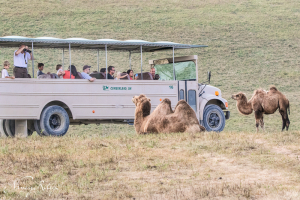
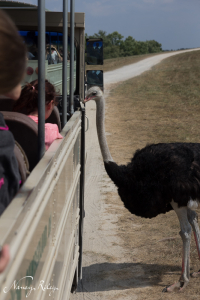
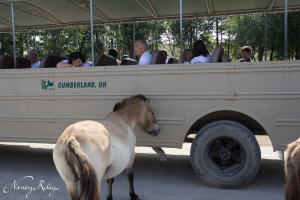
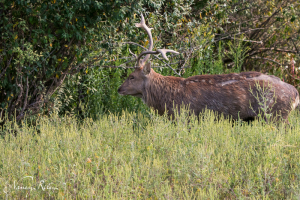
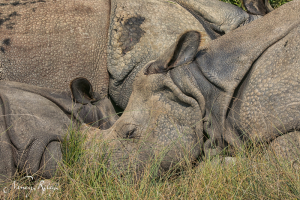

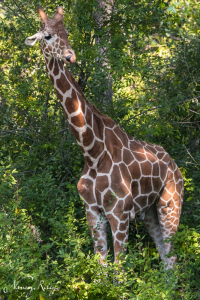
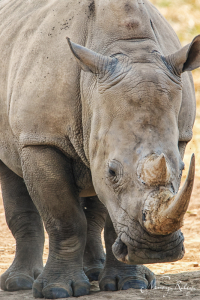

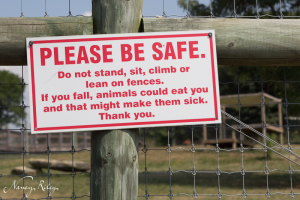
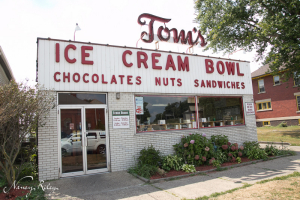
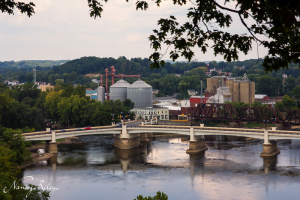








Wow, these are fun. It’s hard to not think you are somewhere exotic like Kenya but not sick on the floor of the tent, of course! The story of the Przewalski’s wild horse kicking the bus cracks me up as well as the ostrich sticking its beak in. I love many of these photos and the stories you shared.
Zebras are such beautiful animals, their stripes make them quite surreal looking. Great photos Nancy.